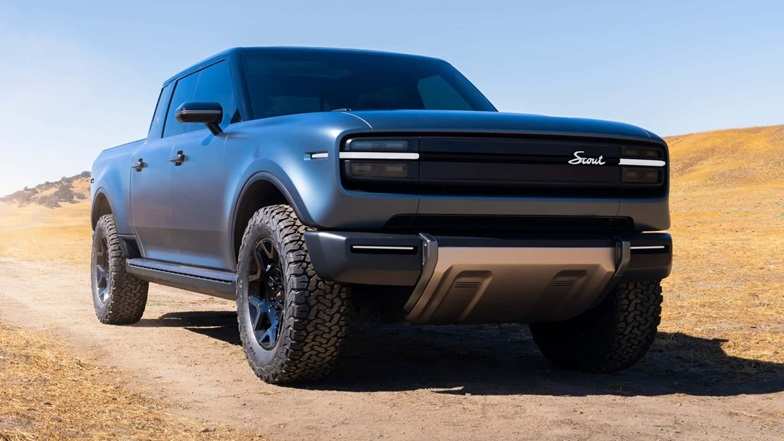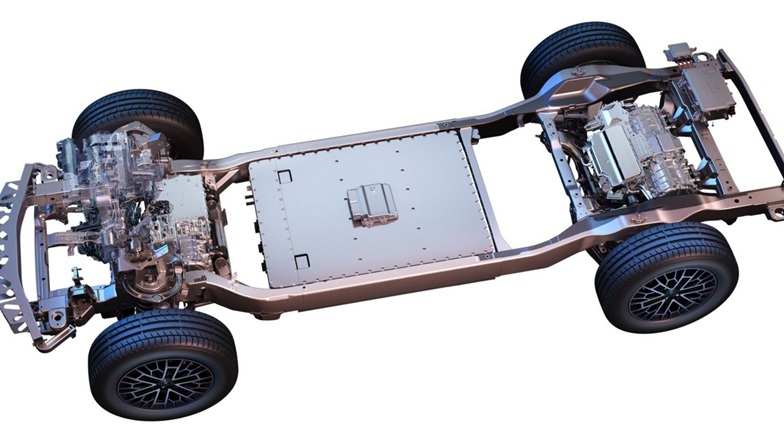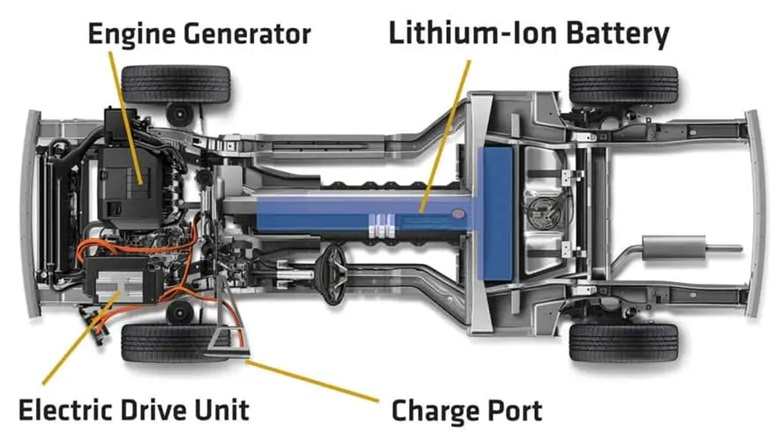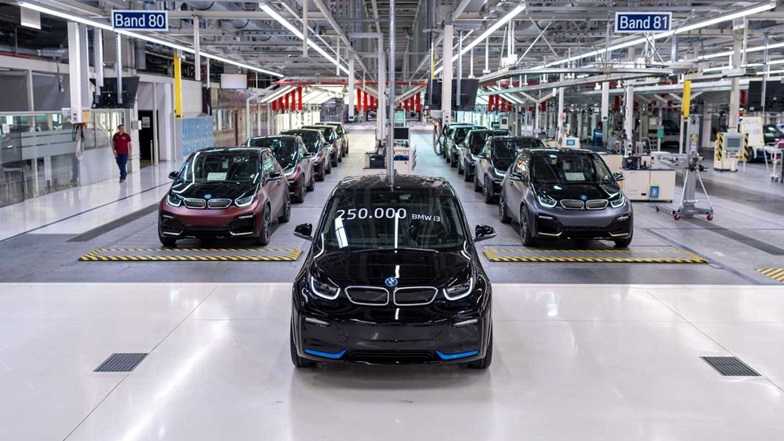Extended-Range Electric Vehicles (EREVs) are gaining traction as a solution to bridge the gap between full battery electric vehicles (BEVs) and internal combustion engines (ICEs). While they promise to ease range anxiety and offer flexibility, a deeper dive into their practicality raises several questions about user behavior, environmental impact, and their role in the EV landscape.
Let’s explore the key aspects of EREVs, their potential, and the challenges they face. We’ll also include a comparison box to highlight how EREVs stack up against other types of electric and hybrid vehicles.

What Are EREVs, and Why Are Automakers Interested?
EREVs, also called series hybrids, are primarily battery-electric vehicles with an onboard generator powered by a gasoline engine. This generator recharges the battery, extending the vehicle’s range without directly driving the wheels. Unlike plug-in hybrids (PHEVs), which rely on both an electric motor and a gas engine for propulsion, EREVs use the engine solely as a range extender.
This design allows EREVs to operate as BEVs most of the time, while the gas engine kicks in only when the battery depletes. Automakers like Scout Motors, Ram, and Hyundai are betting on EREVs to cater to customers hesitant about going fully electric.
For instance, Scout Motors recently unveiled the Scout Terra truck and Traveler SUV, offering an optional “Harvester” EREV system. While the all-electric versions boast a range of up to 350 miles, the Harvester option extends that to over 500 miles, making it appealing for towing and long-distance driving.
Why EREVs Are Attractive
EREVs are being positioned as the “best of both worlds”:
- Range Anxiety Solution
Many EV buyers are concerned about running out of battery on long trips. EREVs alleviate this by providing backup gas-powered range. - Flexibility
Owners can fuel up at a gas station or recharge the battery at home or a charging station, offering versatility for different lifestyles. - Future-Proofing for Automakers
By designing EREVs on EV platforms, manufacturers can transition to fully electric models more easily as charging infrastructure improves and battery technology advances. - Enhanced Utility
Trucks like the Scout Terra and Ram Ramcharger promise towing capabilities and longer travel ranges without frequent stops, addressing common complaints from truck users about current EV limitations.

The Plug Problem: Will Owners Use EREVs Correctly?
A critical assumption behind EREVs is that owners will plug them in regularly to maximize electric miles and reduce reliance on gasoline. However, data on user behavior with similar vehicles, like PHEVs, casts doubt on this assumption.
PHEVs as a Case Study
- Many PHEV owners treat their vehicles as regular hybrids, relying on gas rather than charging the battery.
- Automakers rarely disclose data on how often PHEVs are plugged in or how much of their mileage comes from electricity.
- Some PHEVs even default to hybrid mode, requiring users to manually switch to all-electric operation, which many don’t bother to do.
Implications for EREVs
If EREV owners behave similarly, these vehicles might primarily run on gasoline despite their electric capabilities. For example:
- The Scout Harvester EREV’s 500-mile range likely includes only 150–200 miles on electricity, with the remaining 300+ miles covered by gasoline.
- Truck owners, accustomed to quick refueling, might prefer filling the gas tank over waiting for a recharge, even with fast-charging options.
The Environmental Question
EREVs are marketed as eco-friendly alternatives to traditional ICE vehicles, but their environmental benefits hinge on user behavior:
- If plugged in regularly, EREVs can significantly reduce emissions by running mostly on electricity.
- If owners rely on gasoline, EREVs risk becoming another source of fossil fuel consumption, undermining their green potential.

A History of EREV Success (and Challenges)
EREVs aren’t entirely new. Past models like the Chevrolet Volt and BMW i3 REx offer valuable lessons:
- Chevrolet Volt: With an electric range of 35–53 miles, Volt owners covered 63–80% of their miles on electricity, largely due to the car’s simplicity and the early adopters’ commitment to using it as intended.
- BMW i3 REx: While innovative, its limited range and small gas tank made it less practical for long trips, appealing mainly to EV enthusiasts.
These examples suggest that while EREVs can succeed, their adoption depends on user education and infrastructure support.
Challenges Facing EREVs
- User Education
Many drivers don’t fully understand EV technology. Convincing them to adopt and correctly use EREVs will require significant effort from automakers. - Dealer Support
Automakers often rely on dealerships to explain new technologies. However, dealerships have historically struggled to communicate the benefits of EVs, let alone more complex systems like EREVs. - Policy and Regulation
Regulatory bodies could mandate data collection to track how EREVs are used. This transparency would help assess their real-world impact but might face political resistance. - Gas Dependency
The convenience of gasoline refueling could deter owners from charging their vehicles, reducing the environmental and economic benefits of EREVs.

EREVs vs. PHEVs vs. BEVs
| Feature | EREVs | PHEVs | BEVs |
|---|---|---|---|
| Primary Power Source | Battery + Gas Generator | Battery + Gas Engine | Battery Only |
| Electric Range | Moderate (100–200 miles) | Low to Moderate (20–50 miles) | High (200–500+ miles) |
| Gasoline Backup | Yes | Yes | No |
| Charging Requirement | Optional but recommended | Optional but recommended | Mandatory |
| Towing Capability | Strong (with gas assistance) | Moderate | Limited (depends on battery size) |
| Environmental Impact | Depends on user behavior | Depends on user behavior | Lowest (if charged with clean energy) |
The Road Ahead for EREVs
EREVs like the Scout Harvester and Ram Ramcharger represent a promising middle ground in the transition to fully electric vehicles. However, their success depends on several factors:
- Education: Buyers must understand the benefits of charging their EREVs and be motivated to do so regularly.
- Infrastructure: As fast-charging networks expand, the need for gasoline backup may diminish, making EREVs a temporary solution.
- Regulations: Policymakers could play a crucial role by mandating transparency in how these vehicles are used and incentivizing electric miles.

Should You Consider an EREV?
EREVs might be a great choice if:
- You want an EV-like experience but aren’t ready to commit fully to battery power.
- You frequently tow or take long road trips and value the flexibility of gas backup.
- Charging options are limited in your area.
However, if you’re committed to reducing emissions and have access to reliable charging infrastructure, a full BEV might be a better fit.
Final Thoughts
EREVs offer an intriguing compromise for those transitioning to electric vehicles, but their long-term viability hinges on solving the “plug problem.” Automakers must focus on educating users and building infrastructure to ensure these vehicles deliver on their promises of reduced emissions and enhanced flexibility.
As the EV market evolves, EREVs could either serve as a stepping stone to a gas-free future or risk becoming a missed opportunity for meaningful change. The choice, quite literally, is in the hands of the drivers.
Related Post
